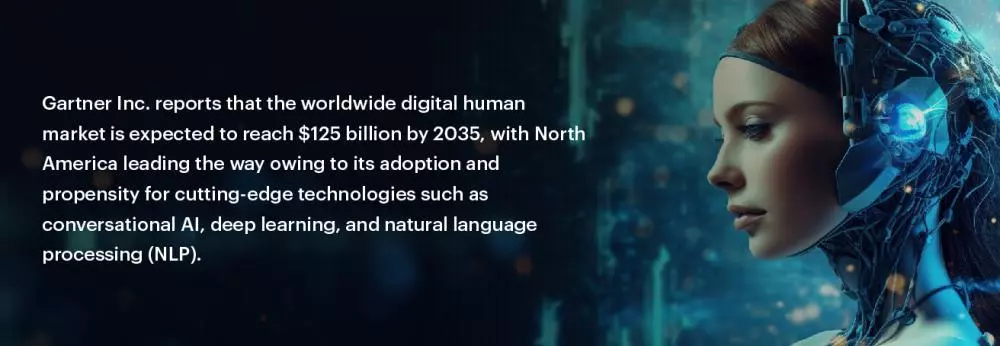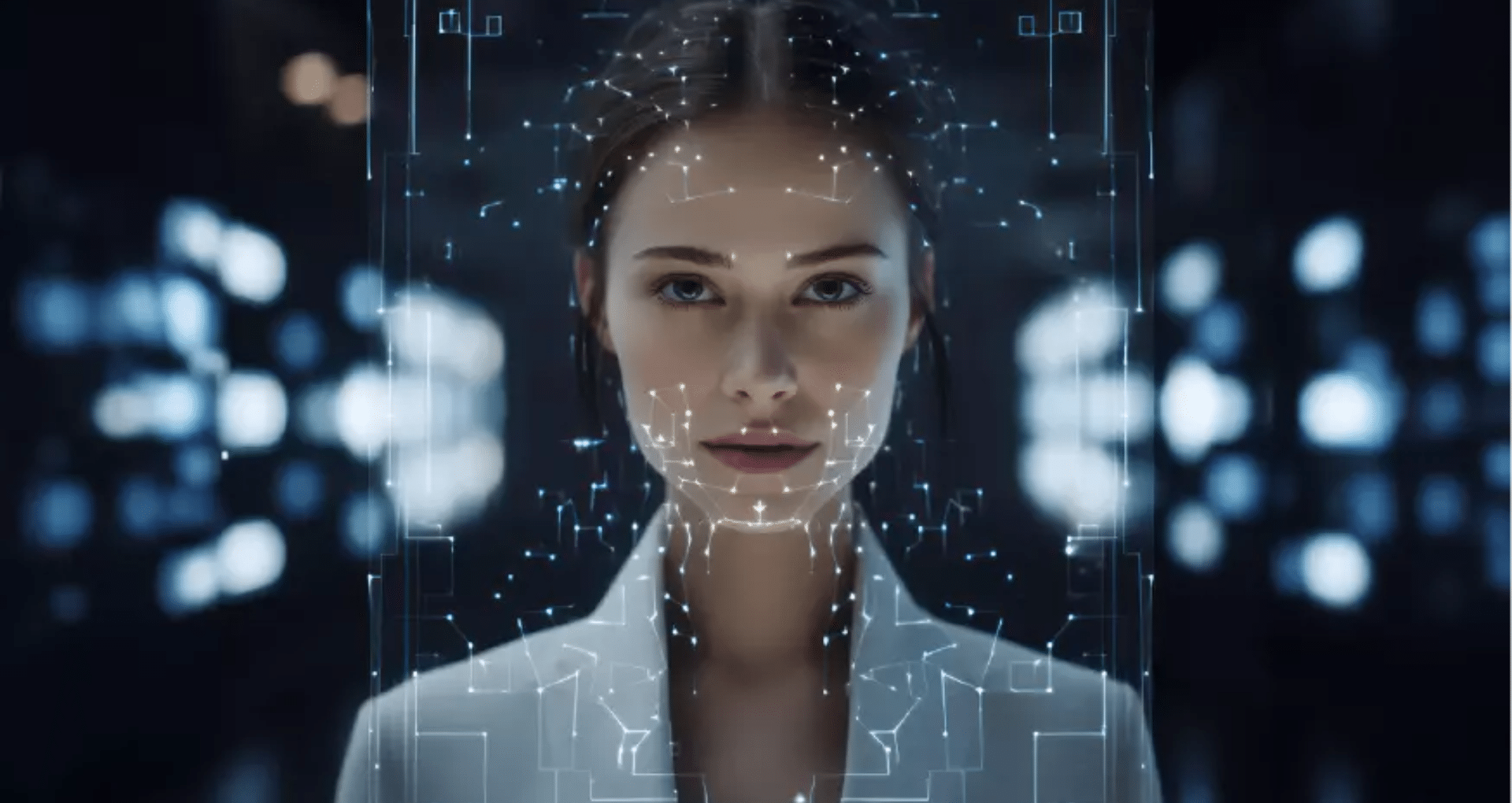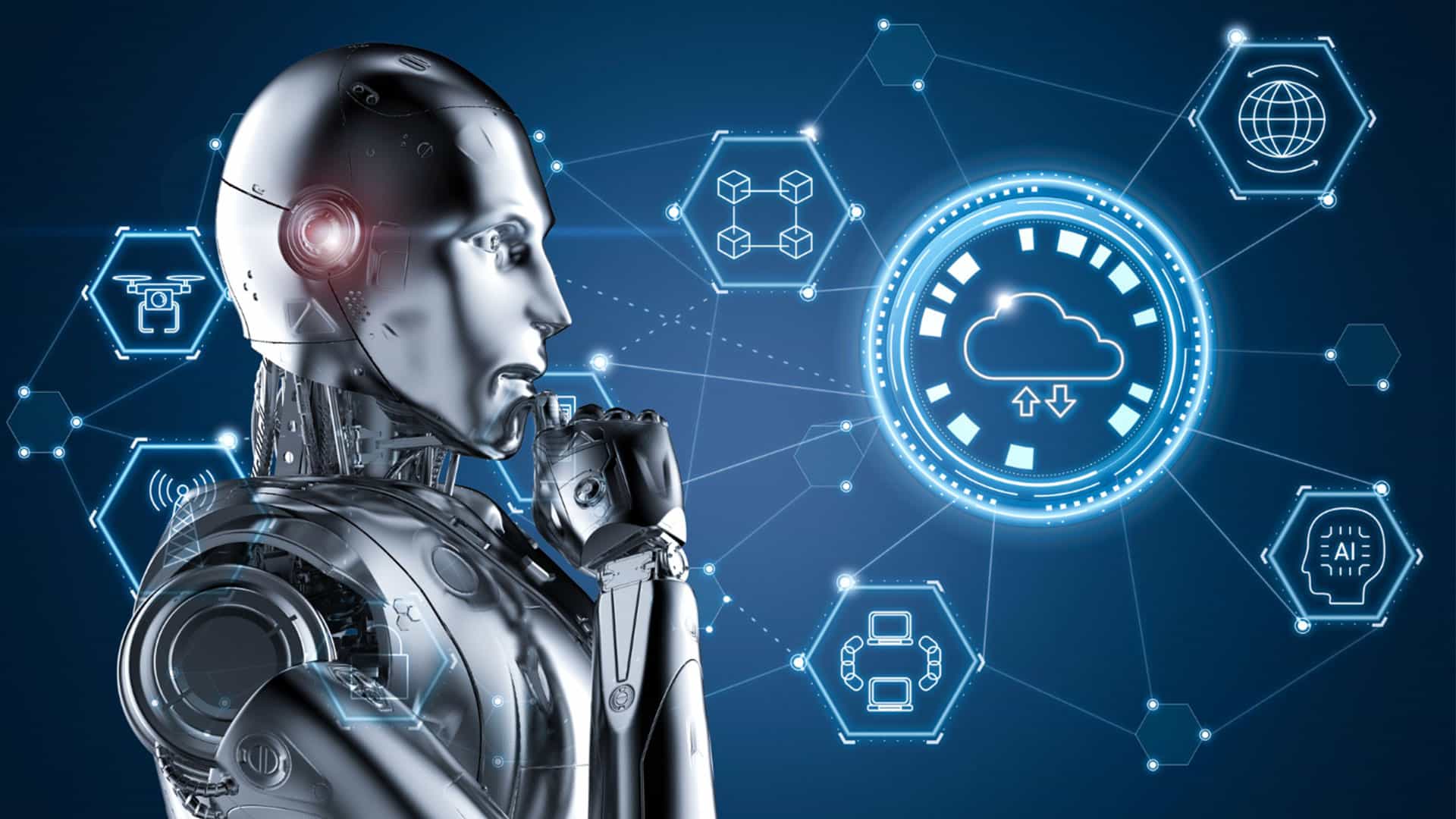The digital age continually surprises us with innovations that have been drawing significant attention due to their transformative potential. The excitement never ceases. Quantum computing, neural interface technology, augmented and virtual reality, metaverse, digital twins are just a few examples that illustrate the point. However, none perhaps has been as intriguing as the concept of “digital humans”. This technology represents a significant leap forward in human-computer interaction. As the landscape evolves, there is every likelihood that digital humans will take over roles as virtual secretaries, healthcare advisors, sales assistants, and more, making business outreach more expansive, engaging, interesting, and automated.
Where do the digital humans fit in our future? We asked this question in a poll that we recently conducted on our social media handle. The responses offer interesting insights:
- Customer service agents: 60%
- Health/Mental Coaches: 16%
- Marketing agents: 18%
- Others: 6%
Understanding digital humans
The terms “digital humans” and “digital avatars” are frequently used synonymously, but there are distinctions worth noting. Both refer to virtual representations of humans, often crafted with intricate design. Many digital humans exhibit lifelike characteristics in appearance, speech, motion, and personality. These are bolstered by artificial intelligence to replicate authentic human interactions, providing a depth of realism that transcends typical bots.
Conversely, some applications of this technology lean towards simpler representations. A classic example would be customizable characters in video games or digital entities representing users on online platforms. Unlike their more sophisticated counterparts, these may lack lifelike human characteristics or nuanced personality traits. With either extremes of the visual experience and rendition, the digital “person’s” characteristics and capabilities can be intricately developed to be as complex as to communicate naturally, grasp context, exhibit expressions, and emulate human behaviors, all to elevate and come closer to real-life interaction.
When you enhance these digital humans with the capability to display micro-expressions and contextually relevant body language, their potential becomes vast. They can be customized for the specific tasks mentioned earlier and even beyond.

Adoption challenges and roadmap
Digital humans are not designed to replace real humans by any stretch, at least in the foreseeable future. They are meant to act as interfaces that come very close to the experience of a human interaction. They facilitate, complement, and enhance the engagement levels, making the ever-expanding digital universe more interactive and user-friendly. As AI and related technologies evolve at a breakneck pace, there’s a surge in innovation aimed at weaving digital humans seamlessly into our daily lives. Yet, whether society will fully embrace these virtual entities remains an open question.
Navigating our rapidly evolving cultural landscape is a complex task, with several factors creating an adoption gap. Central to this gap is the issue of TRUST. While many early adopters are keen to explore new technologies, widespread acceptance hinges on dispelling doubts. Interactions with humans provide a unique blend of intellect (IQ) and emotion (EQ) – offering empathy, assurance, and confidence. The challenge lies in determining whether AI can genuinely emulate this blend, and if so, to what extent can we trust its autonomous actions. Addressing and resolving these questions is crucial.
While AI has repeatedly showcased its intellectual prowess, ‘trust’ stands as the primary obstacle. The rise of deepfakes and associated misuse has only exacerbated this distrust. Genuine AI adoption critically depends on confidence in its governance—ensuring the models’ validation, their precision, adherence to ethical standards during AI development, and data security. Despite the prevailing excitement about Gen AI and automation, proper oversight—especially concerning the tonality and emotional aspects of Gen AI models—is essential to earn this trust.
Other contributing factors to potential adoption gaps include demographics, user interaction preferences, and an inherent cultural inclination for human interaction over machines. The journey to wholehearted acceptance therefore is a long one. Nonetheless, experimenting with these innovations in real-world settings, under robust governance, can be the initial step to foster trust and accelerate adoption.
I, personally, am open to exploring these new technologies. I’d rather interact with a clearly computer-generated avatar than something mimicking a real human, as long as it’s smart, emotionally adept, and governed properly. Knowing I’m dealing with an AI, rather than being deceived into thinking it’s human, builds trust for me. However, opinions vary. Catering to such diverse preferences is a significant challenge.
Technological challenge of digital humans
As the domain of digital humans expands, a pressing question emerges: In which scenarios can we realistically see their immediate adoption? Let’s explore some potential avenues, such as customer service agents, health and mental coaches, and marketing campaigns.
But before diving into these applications, it’s vital to highlight the technological challenges at hand. Creating a real-time interaction with a digital human involves multiple stages.
- First, there’s the (automatic) generation of a text-based message, regardless of real time messaging or pre-processed messaging.
- Next, this text must be transformed into speech with appropriate tonality. Here too, there is the additional complexity of robotic voice as opposed to human like voice.
- Finally, and most intricately, this speech should synchronize flawlessly with the digital human’s facial movements, lip synchronization, and subtle micro-expressions.
Generating text and converting it to speech can happen instantly. But, synchronizing this audio with facial expressions, gestures, and body language requires significant processing strength. This makes real-time interactions with digital humans challenging, especially because of the intensive third stage of processing (refer to the points mentioned above). To address this, we’d need to turn to more expensive and powerful robotic solutions, which utilize advanced onboard or edge processing.
Scenarios for human-computer interaction
Yet, this doesn’t mean digital humans aren’t ripe for adoption in specific scenarios. They’re incredibly suited for pre-processed messages, like tailored marketing pitches or customer service prompts. Here’s why:
- Marketing automation: Digital humans excel in creating personalized, emotion-driven advertising. They can adapt ads to various languages and materials. With the right technology stack, businesses can harness them to craft bespoke marketing messages, opening up significant revenue and cost-saving avenues.
- Customer service automation: Instead of real-time responses, digital humans can handle outgoing messages—think reminders, collection notifications, or follow-ups—with a personal touch.
- Learning & development: Whether it’s in healthcare or corporate training, many educational interactions are unidirectional. Digital humans can offer a consistent, always-available mode of instruction.
- Customer education: Digital humans can spearhead tutorials, product demonstrations, or informational sessions, ensuring clarity and engagement.
In sum, while we may be a little away from real-time conversations with digital humans, there’s vast potential in pre-defined or pre-processed interactions, especially when ethical and procedural governance is woven into their deployment. The processing gap (Step 3) can be bridged not too far from now, and that poses very exciting technological advancements even beyond what we see today. The future beckons with exciting opportunities in this space!
You may navigate the world of digital humans further by exploring our white paper Digital humans: Revolutionizing human-computer interaction.
Or, reach out at digital@infovision.com for a detailed discussion.




